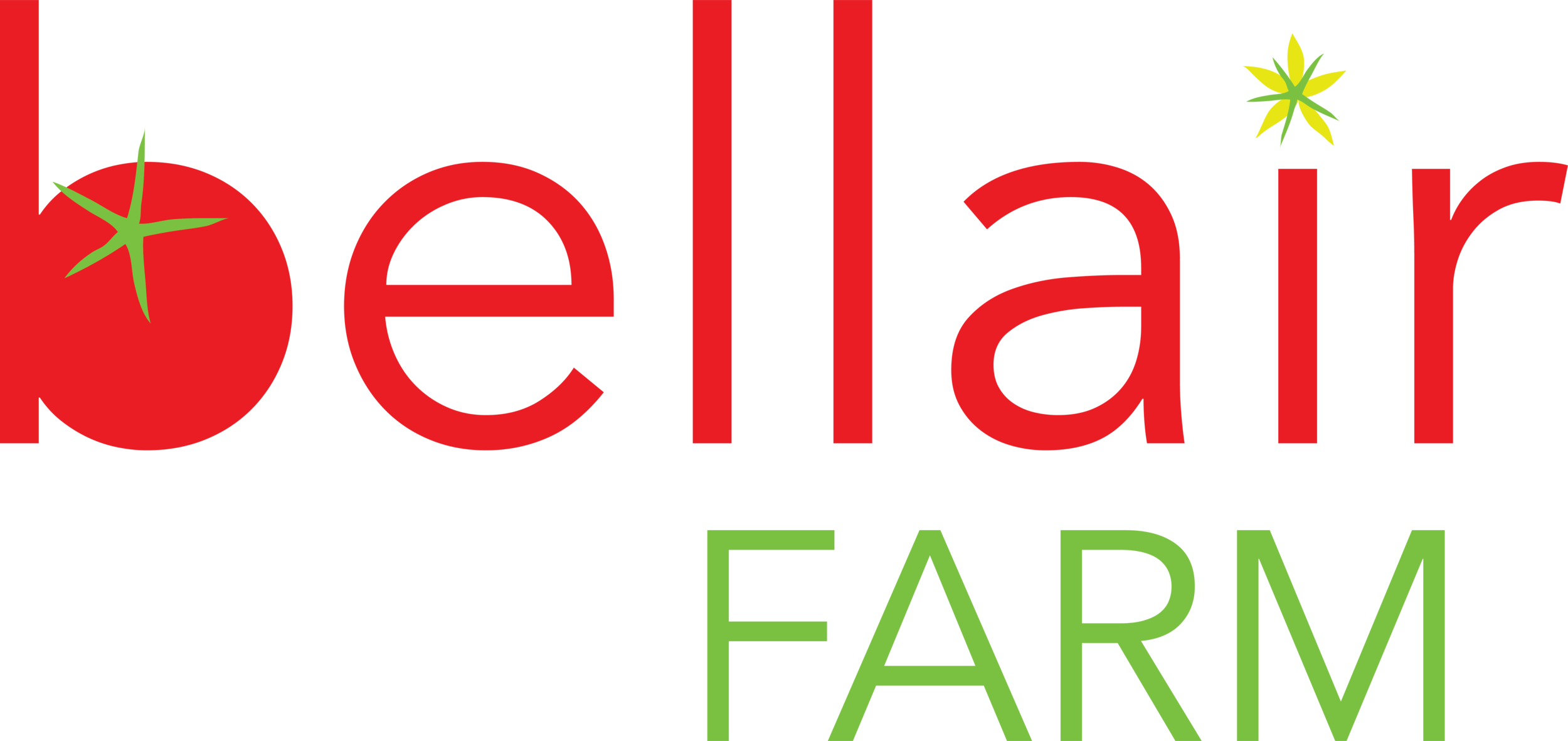February Garden Guide
On the farm, we “open” the greenhouse for the season in late February with a bang: around 300 trays of onions plus a few other crops are the first to be planted.
When short February days begin to lengthen and the sun shines brightly, warming the earth and bringing forth a chorus of croaks and chirps from the earliest eastern chorus frogs, it is easy to feel like spring is on the way. At the same time, we know there are many weeks of possibly frosty weather to come (for us here in central Virginia) and so we don't want to get ahead of ourselves. So what should we be doing in the February garden?
Time to prune:
January through early February, while the plants are still dormant, is a great time to prune roses and many other shrubs and fruiting and flowering trees around the garden. But be careful -- there are a few that should be pruned at other times of the year (like hydrangeas should be done in summer after flowering). Google each type of plant to quickly confirm best pruning time. You can also clip off branches of budding pussy willow and forsythia and put them in a vase indoors to "force" them open for a beautiful early glimpse at spring.
Delay garden clean-up, if you can!
It's easy to be ready to start bustling around, clearing beds and turning soil, ready for a fresh start! However, if you want to maximize the ecological benefit of your garden, it's best to prep only the ground you'll be seeding your earliest crops into and saving the rest of the cleanup until soil temperatures are consistently around 55 degrees and above, which usually happens by around early/mid April. Leaving organic material intact keeps soil covered during what will continue to be a period of slow growth for a while and preserves the hibernating spots and egg clutches of a myriad of insect life until they can hatch and emerge for spring.
Prep for planting:
February is a great time to get everything together for this year's gardening adventure! Figuring out what you want to grow, making a plan, and shopping for seeds is all part of the fun! See this blog post for seeding tips and a list of our favorite seed sources and this one for what’s to come in March.
This is also a great time of year to work on any garden infrastructure: making or repairing raised beds, trellises, seed-starting setups, whatever!
Once sprouted (which can take a while), the onions unfold their first thread-like leaf.
It's time to plant....
In general, the beginner gardener should wait until mid-March to start planting just because there's a higher chance for success, but there are a few crops you can consider starting now, especially because our springs are often warmer and earlier than “normal”:
Direct-seed: wildflowers at any time (see below for further direction), plus these vegetables late in the month: carrots and the most cold-hardy brassicas (kale family), especially if you have a sheltered, sunny location or it's looking like warm weather on the horizon.
Seed indoors: Slow-growing wildflowers, many of which benefit from stratification first (see below). Veggie options include onions, shallots, fennel, and the most cold-hardy brassicas (kale family). The first three are slow to sprout and grow and, unless you have a greenhouse or good grow-light setup, might be tricky. You can also start onions from "sets" that you plant in the ground in March or purchase transplants.
Transplant outdoors: you can divide and move around many native wildflowers at this time of year (the ones that are just sprouting and great to move) and plant the most cold-hardy of perennial herbs like oregano, thyme, and mints.
Wild native plants are used to being exposed to frost and can have issues germinating after being stored in a warm house all winter. Consider “frost seeding” directly into bare areas of soil or stratifying (exposing seeds to cold) before seeding in flats.
Stratify or frost-seed wildflowers
Native wildflowers rely on seasonal signals to trigger germination. If you'd like maximize success with wildflowers like echinacea, rudbekias, milkweeds, and more when starting from seed, it is great to expose those seeds to cold temperatures before spring warm-up. If you plan on direct-seeding an area in wildflowers, now can be a great time to do it. Cast your seed over naturally bare areas or scuff up bare spots before seeding. tamp the seeds in and natural freeze-thaw cycles will help work them into the soil. When it comes to starting the seeds in flats, you can mimic the same weather exposure through a process called stratification. There are a lot of ways to do it and I've seen many work to good effect. You can put the dry seed packets in the freezer for a few days, then remove them and seed like normal. You can also seed flats and then put those flats in a cold spot (if you have room in your fridge, that works, or maybe you have a super cold shaded spot behind your house). After about a week, move the flats to a warm sunny spot to start the germination process. Since wildflowers take a long time to germinate and grow, Feb thru March is a good time to sow, no matter the method.



